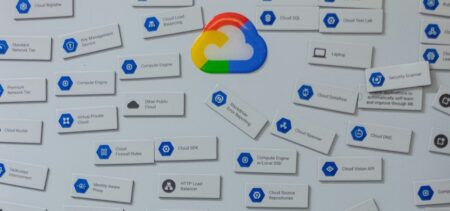The effects of the global pandemic have dramatically changed the way we work. At the start of the pandemic, the number of individuals working remotely increased significantly. According to The American Time Use Survey, the number of employees working from home in the U.S. has almost doubled.
With the global rollout of COVID-19 vaccines, workers have slowly started to make their way back to the office. However, many professionals have indicated that they aren’t keen on returning to the in-person, pre-pandemic work environment. In fact, a 2020 survey revealed that 55% of US workers want a blend of home and office working. Furthermore, Bloom and a team of researchers found that ideally, US employees would like to work from home two days a week post-pandemic. Workers enjoy the flexible options available to them, and according to a recent study by ConnectSolutions, 77% of individuals who work from home at least a few times a month have seen increased productivity.
To accommodate these new demands and expectations from their employees, 87% of large companies have said they will now be adopting a hybrid work model, as reported in CBRE’s 2021 US Office Occupier Sentiment Survey. A hybrid work model entails a workforce that operates remotely and in the office. Despite these enterprises being open to employing a hybrid model, survey findings from the employment firm, Littler, show that employers are concerned about the workforce management issues a split between on-premises and remote working could pose.
So how can the challenges of hybrid working be overcome? How can employers make sure their workers are able to communicate, collaborate, and maintain high productivity levels?
The answer lies in technology. Businesses must invest in the right tools and solutions to successfully adapt to the new normal and ensure employees can communicate instantly and switch between work environments. But what are the best technology solutions available to support hybrid working? Let’s have a look at a few:
Video Conferencing
Many companies relied on video conferencing tools as an alternative to in-person meetings at the start of the pandemic, and these solutions are only becoming more sophisticated in terms of their features. Here are a few examples:
- RingCentral – this company introduced live transcription and a built-in infinite whiteboard to make team collaborations easier
- Google Meet – Google has added automatically translated captions to close the language barrier between individuals
- Zoom – regarded as the most popular video conferencing platform at the start of the pandemic, Zoom has consistently added more services and features, including event lobbies, chat networking, surveys, recordings and analytics, and a Video Engagement Center
Employee Experience Platforms (EXP)
According to Reworked, employee experience platforms are “designed to listen to employees by gathering insights via survey, text analytics, sentiment analysis, and workplace application monitoring.” They are also great for integrating collaboration tools to provide recommendations on how to better connect with employees and keep them engaged.
Artificial Intelligence (AI) & Machine Learning
AI has the power to make things a lot easier for your hybrid workforce. According to Cloud Credential Council, automated workplace tools take the hassle out of hybrid work arrangements, including diary scheduling, booking meeting rooms, and physical workspaces. In addition, Reworked reports that machine learning workflow can help employees “easily automate their jobs themselves with intelligent support, so they can spend more time thinking strategically and engaging across the divide.”
Training Platforms
It’s important that your Learning and Development strategy also accommodates the hybrid model, which is where cloud-based training and e-learning solutions come in. Learning Management Systems (LMS) are particularly beneficial to organizations as they effectively manage and track employee progress, without the “burden of remembering to send out new training material or reminding employees to complete a course.”
Collaboration Tools
Collaboration tools allow team members to work together from different locations. Many software applications offer teams the opportunity to plan and brainstorm. Examples include digital whiteboard applications from Explain Everything, Conceptboard, and Miro. Additionally, game companies have developed virtual workspaces to encapsulate the features of real offices and allow employees to communicate in the same virtual room. Some examples of these collaboration platforms include Ronday, Wurkr, and MeetinVR.
The shift to hybrid working comes with its obstacles and challenges, but many of these can be tackled and mitigated with the help of the technology solutions discussed above. These technologies have proven to be worth the investment for your hybrid work model, as they can help ensure increased productivity, flexibility, employee satisfaction, and a healthier work-life balance.
The future is hybrid—it’s time to embrace it.















































